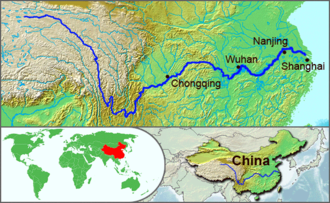Understanding Recent Volcanic Activity Worldwide

The Importance of Volcano Monitoring
Volcanoes play a vital role in shaping the Earth’s landscape and climate. They also pose significant threats to human life and infrastructure, making the monitoring of volcanic activity a critical component of geological research and disaster preparedness. Recent eruptions around the world highlight the necessity for constant vigilance and the advancement of predictive technologies.
Recent Volcanic Eruptions
In 2023, several significant volcanic eruptions have occurred that have drawn the attention of scientists and citizens alike. One of the most notable events was the eruption of Mount Etna in Sicily, Italy. Beginning in July 2023, Etna’s eruptive phase saw lava flows and ash clouds affecting air travel and causing minor evacuations in nearby communities. Researchers from the National Institute of Geophysics and Volcanology reported that this activity was part of a larger pattern of intermittent eruptions that have been recorded since the last major eruption in the early 2000s.
Another significant eruption took place at Kīlauea in Hawaii, where ongoing volcanic activity prompted the United States Geological Survey (USGS) to issue a series of alerts. The lava flows, which began in August 2023, have threatened local ecosystems and infrastructure. Fortunately, early warning systems have allowed for timely evacuations and minimal impact on human lives.
Scientific Studies and Future Predictions
Researchers and volcanologists around the world are using advanced technology, such as satellite imagery and geological sensors, to better understand volcanic behaviour and improve forecasting capabilities. The recent eruptions have spurred collaborations between international geological agencies, enhancing the ability to share data and findings. Ongoing studies at institutions like the Icelandic Meteorological Office and the Smithsonian Institution emphasize the role of volcanic activity in global climate patterns and highlight the importance of observing long-term changes in magma compositions.
Conclusion and Significance
The recent uptick in volcanic activity serves as a stark reminder of the dynamic nature of our planet. As climate change continues to influence geological processes, communities living in the shadows of volcanoes need to stay informed and prepared for potential eruptions. Continued investment in research, technology, and public safety initiatives will be crucial as we move forward into an era marked by increasing natural hazards. Monitoring volcanoes not only protects lives but also informs our understanding of Earth’s processes, ultimately allowing us to harness knowledge for a safer future.








